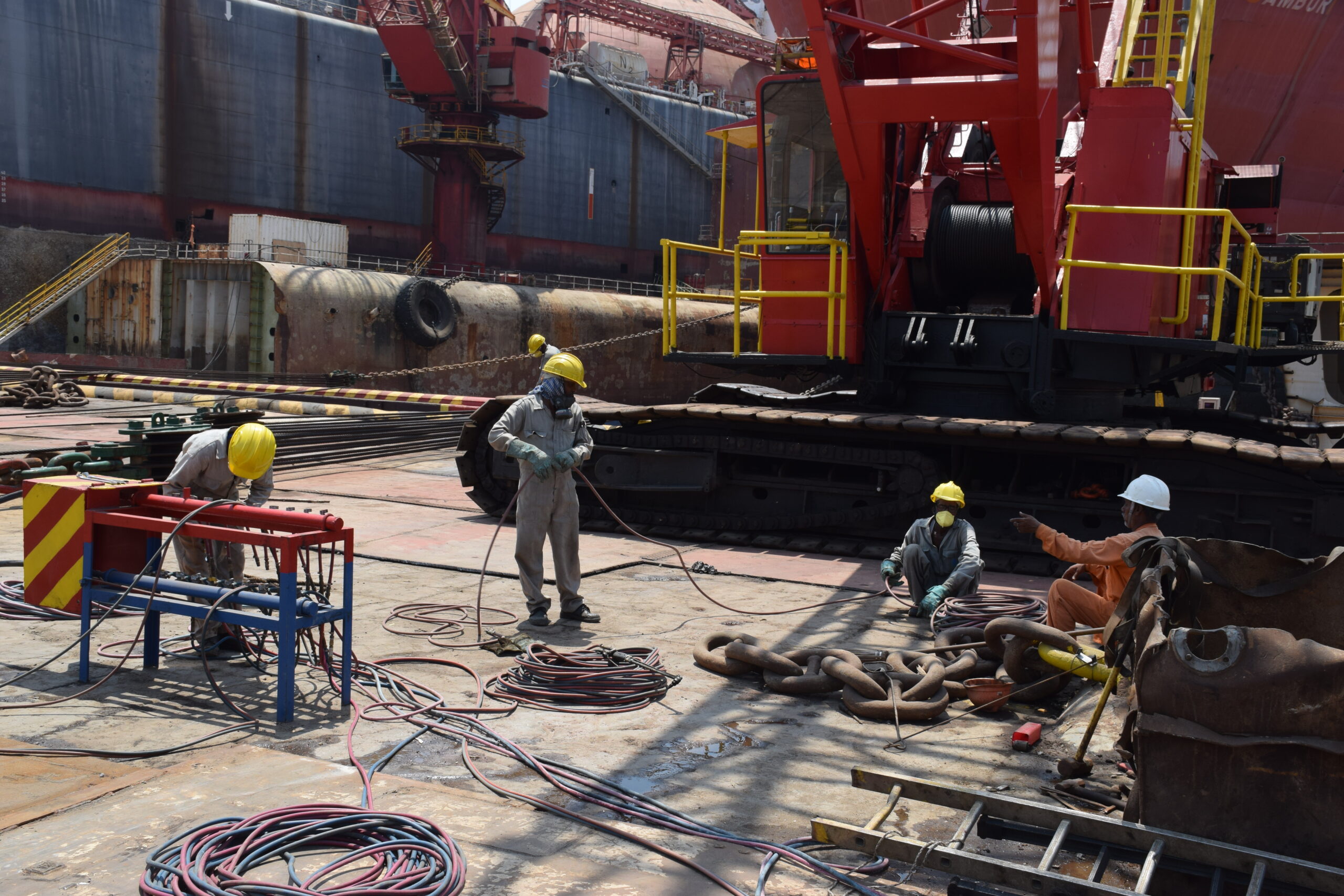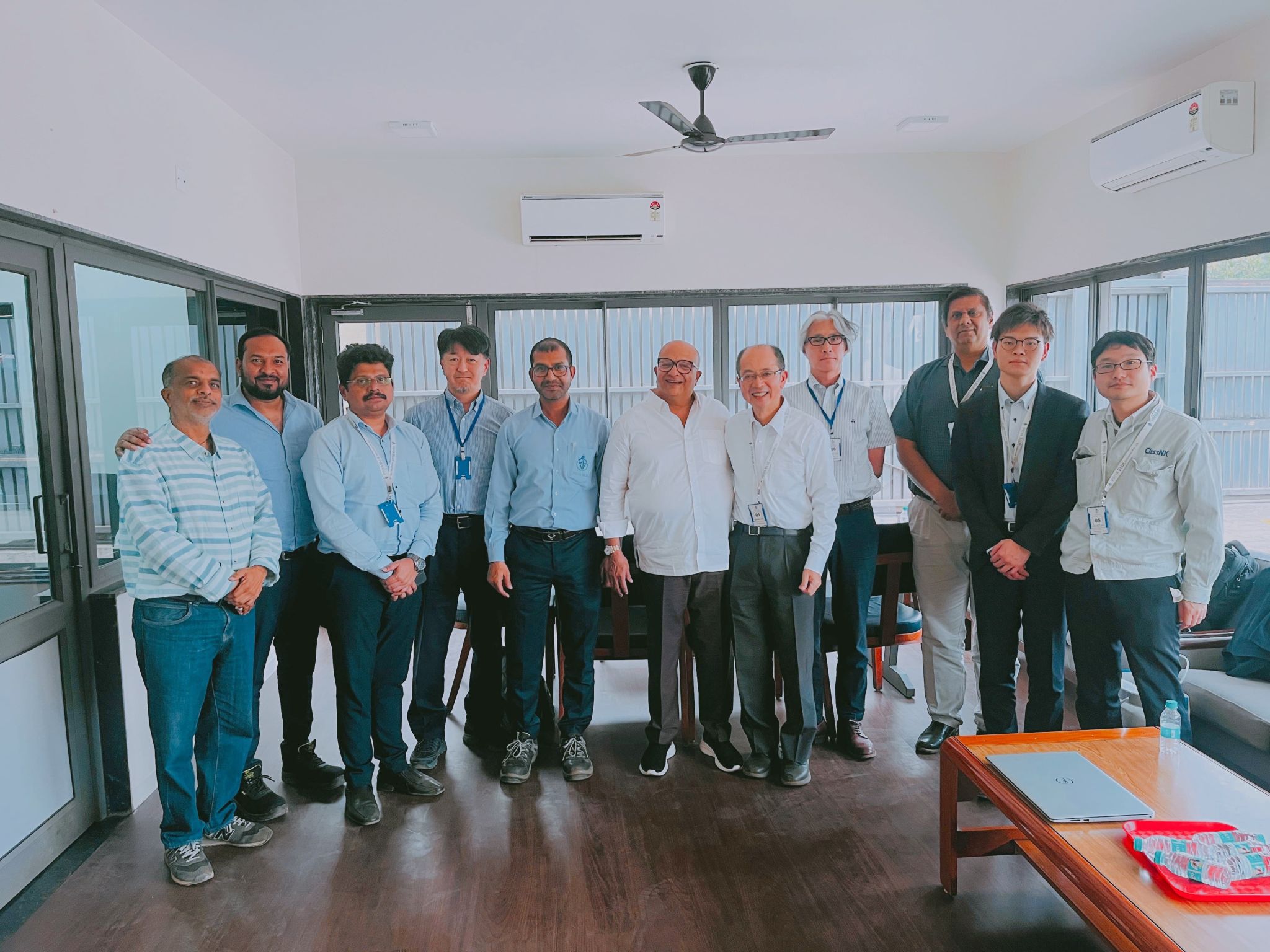India, a nation with a long coastline and a rich maritime history, is setting its sights on becoming a global leader in the shipbuilding industry. In a significant move to bolster this ambition, the Government of India (GOI) is on the brink of seeking Cabinet approval for a comprehensive policy aimed at increasing the country’s presence in the global shipbuilding market. This policy, dubbed “Shipbuilding Policy 2.0,” is not just a step forward; it is a leap toward revitalizing and expanding India’s shipbuilding sector, with far-reaching implications for the economy, the environment, and the global maritime industry.

The New Policy Framework: A Closer Look
At the heart of the proposed policy is a multi-pronged approach that seeks to make Indian shipyards more competitive on the global stage. The policy introduces several key initiatives designed to attract both domestic and international fleet owners to recycle ships in India and construct new ones locally. By doing so, the government aims to establish India as a hub for ship recycling and shipbuilding, thereby contributing to the growth of the Indian shipbuilding industry.
One of the most significant components of the policy is the introduction of a credit note scheme for ship recycling. Under this scheme, fleet owners who choose to dismantle their ships at Indian breaking yards will be eligible for a credit note worth 40% of the scrap value of the ship. This credit can be used to offset the cost of building new vessels at Indian shipyards, effectively making it more economical for fleet owners to invest in new ships within India. The government hopes that this financial incentive will encourage fleet owners to opt for Indian shipyards over foreign ones, thereby driving up the volume of new ship orders placed with Indian manufacturers.
In addition to the credit note scheme, the policy also outlines a series of fixed subsidies for shipbuilders. These subsidies are designed to make shipbuilding in India more financially viable, particularly for ships in specialized categories. For standard vessels, the subsidy will be set at 20%. However, for special category ships, such as oil, gas, and chemical tankers, as well as container ships, the subsidy will increase to 25%. Eco-friendly boats and those featuring advanced technology will benefit from an even higher subsidy rate of 30%. These subsidies will remain fixed until March 2034, with the possibility of extension until 2047, providing long-term stability and predictability for shipyards securing orders.
Strategic Maritime Clusters: Catalysts for Growth
To further enhance the competitiveness of the Indian shipbuilding industry, the policy proposes the establishment of three maritime clusters in strategic coastal states: Andhra Pradesh, Gujarat, and Odisha. These clusters will serve as dedicated hubs for shipbuilding and ship recycling activities, complete with the necessary infrastructure, support services, and regulatory frameworks to facilitate efficient operations. The government envisions these clusters as engines of economic growth that will attract investment, generate employment, and foster innovation in the maritime sector.
Andhra Pradesh, with its long coastline and deep-water ports, is well-positioned to become a key player in the shipbuilding industry. The state has already made significant strides in developing its maritime infrastructure, and the new policy is expected to accelerate this progress. Gujarat, home to one of the largest shipbreaking yards in the world at Alang, is another logical choice for a maritime cluster. The state has a strong tradition of ship recycling, and the new policy is likely to build on this foundation to create a thriving shipbuilding industry. Odisha, with its strategic location along the eastern coast of India, offers another promising opportunity for the establishment of a maritime cluster. The state has been working to enhance its port infrastructure, and the new policy could provide the necessary impetus to transform Odisha into a major shipbuilding hub.
A Golden Opportunity for Fleet Owners
For fleet owners, the new policy represents a golden opportunity to reduce costs and increase efficiency. Fleet owners, who can be individuals, firms, or companies that own and operate groups of vehicles for various purposes, play a crucial role in the transportation industry. Their participation in the policy is key to its success.
Fleet owners will be granted a credit note equal to 40% of the scrap value for ships dismantled at Indian breaking yards. This credit is a strategic move to offset the costs of building new vessels at Indian shipyards. By recycling their old ships in India and using the credit to fund the construction of new ones, fleet owners can significantly reduce their overall expenditure. Moreover, by choosing to build their new ships in India, fleet owners will not only benefit from the credit note but also contribute to the growth of the Indian shipbuilding industry. This creates a win-win situation for both the fleet owners and the Indian economy.
However, the policy is designed with a clear stipulation: the credit note will only be applicable if the fleet owners construct their new ships in India. If they decide to order new ships from overseas, the credit will not be applicable. This condition is a deliberate move by the government to ensure that the benefits of the policy are retained within India, thereby enhancing the competitiveness of Indian shipyards on the international stage and attracting more orders.
India’s Global Aspirations: Aiming for the Top
Currently, India holds less than 1% of the global shipbuilding market. However, with the introduction of Shipbuilding Policy 2.0, the government has set ambitious targets to change this scenario. By 2030, India aims to secure a position in the top 10 shipbuilding nations globally. By 2047, the country aspires to be among the top five. These goals are not just aspirations; they are backed by a clear and actionable strategy that leverages India’s strengths and addresses the challenges that have hindered the growth of the shipbuilding industry in the past.
One of the key challenges has been the lack of consistent financial support for shipyards. The current financial assistance program, launched in April 2016, offered decreasing subsidies over 10 years. However, the uptake has been limited, partly due to the disruptions caused by the pandemic and a focus on building naval and coast guard vessels rather than commercial ships. The government had earmarked Rs 4,000 crore for the existing program, but only 10% of this funding has been utilized, with less than two years remaining.
Shipbuilding Policy 2.0 aims to address these deficiencies by providing fixed subsidies that offer long-term stability for shipbuilders. By offering graded subsidies that are tied to the type of vessel being constructed, the policy incentivizes the construction of specialized and high-tech ships, which are in high demand globally. This, in turn, is expected to attract more orders to Indian shipyards and increase their share of the global market.
Environmental Considerations: Promoting Eco-Friendly Shipbuilding
In addition to economic growth, Shipbuilding Policy 2.0 also places a strong emphasis on environmental sustainability. The policy’s highest subsidy rate of 30% is reserved for eco-friendly boats and vessels featuring advanced technology. This move aligns with global trends toward greener shipping practices and positions India as a leader in environmentally responsible shipbuilding.
The promotion of eco-friendly shipbuilding is not just about compliance with international regulations; it is also a strategic move to attract international customers who are increasingly prioritizing sustainability in their operations. By offering financial incentives for the construction of green ships, India is positioning itself as a preferred destination for companies looking to expand their fleet with environmentally friendly vessels.
Looking Ahead: A Bright Future for Indian Shipbuilding
The introduction of Shipbuilding Policy 2.0 marks a new chapter in India’s maritime history. With its combination of financial incentives, strategic investments in infrastructure, and a clear focus on sustainability, the policy has the potential to transform India into a global shipbuilding powerhouse. Establishing maritime clusters in Andhra Pradesh, Gujarat, and Odisha will provide the necessary infrastructure and support services to make this vision a reality.
For fleet owners, the policy offers an unprecedented opportunity to reduce costs, increase efficiency, and contribute to the growth of the Indian economy. By choosing to recycle their old ships in India and build new ones at Indian shipyards, fleet owners can play a pivotal role in the policy’s success and help India achieve its ambitious goals.
As India moves forward with the implementation of Shipbuilding Policy 2.0, the world will watch closely. With the right execution, India could soon emerge as a dominant force in the global shipbuilding market, creating jobs, driving economic growth, and setting new standards for environmental sustainability in the maritime industry. The future of Indian shipbuilding is bright, and the journey has just begun.
Author: shipping inbox
shipping and maritime related web portal








